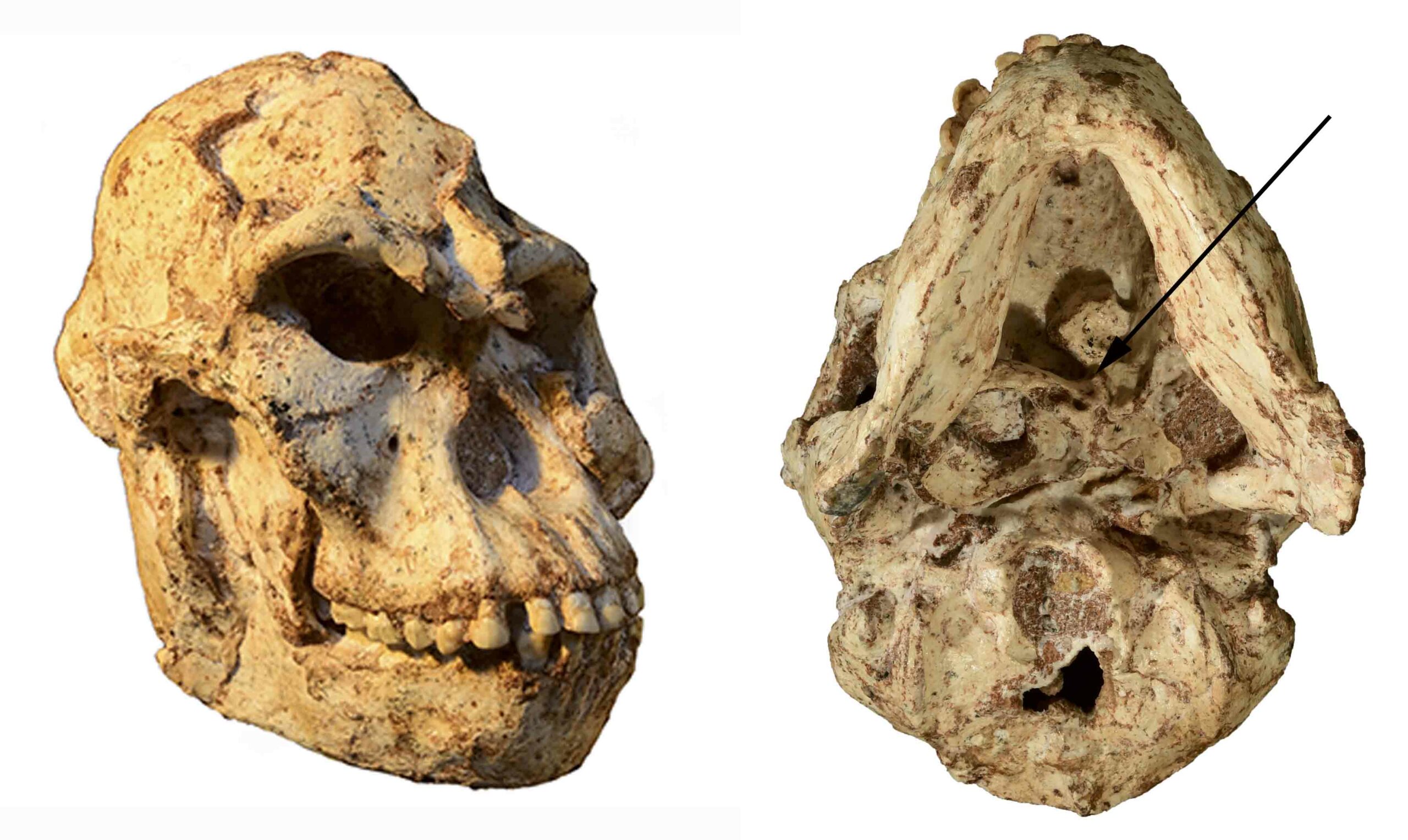
JENA, GERMANY—Science Magazine reports that seven hominin footprints dated to some 120,000 years ago with optical stimulated luminescence were identified among hundreds of animal prints in northern Saudi Arabia’s Nefud Desert. The prints are thought to have been left by two or three modern humans who may have come to what was then a shallow lake along with camels, buffalo, and elephants, according to Mathew Stewart of the Max Planck Institute for Chemical Ecology. “We know that humans were visiting this lake at the same time these animals were, and, unusually for the area, there’s no stone tools,” Stewart said, explaining that the people may have come to the lake for a short time, in order to forage and hunt. They may have been traveling out of Africa along an inland route, following lakes and rivers toward Eurasia, he added. To read about hominin footprints left on the English coast nearly one million years ago, go to "England's Oldest Footprints."










